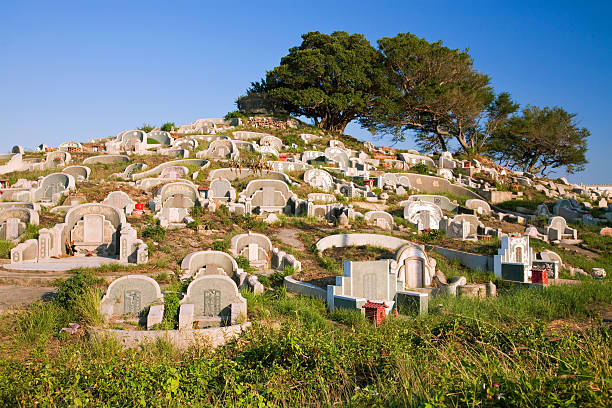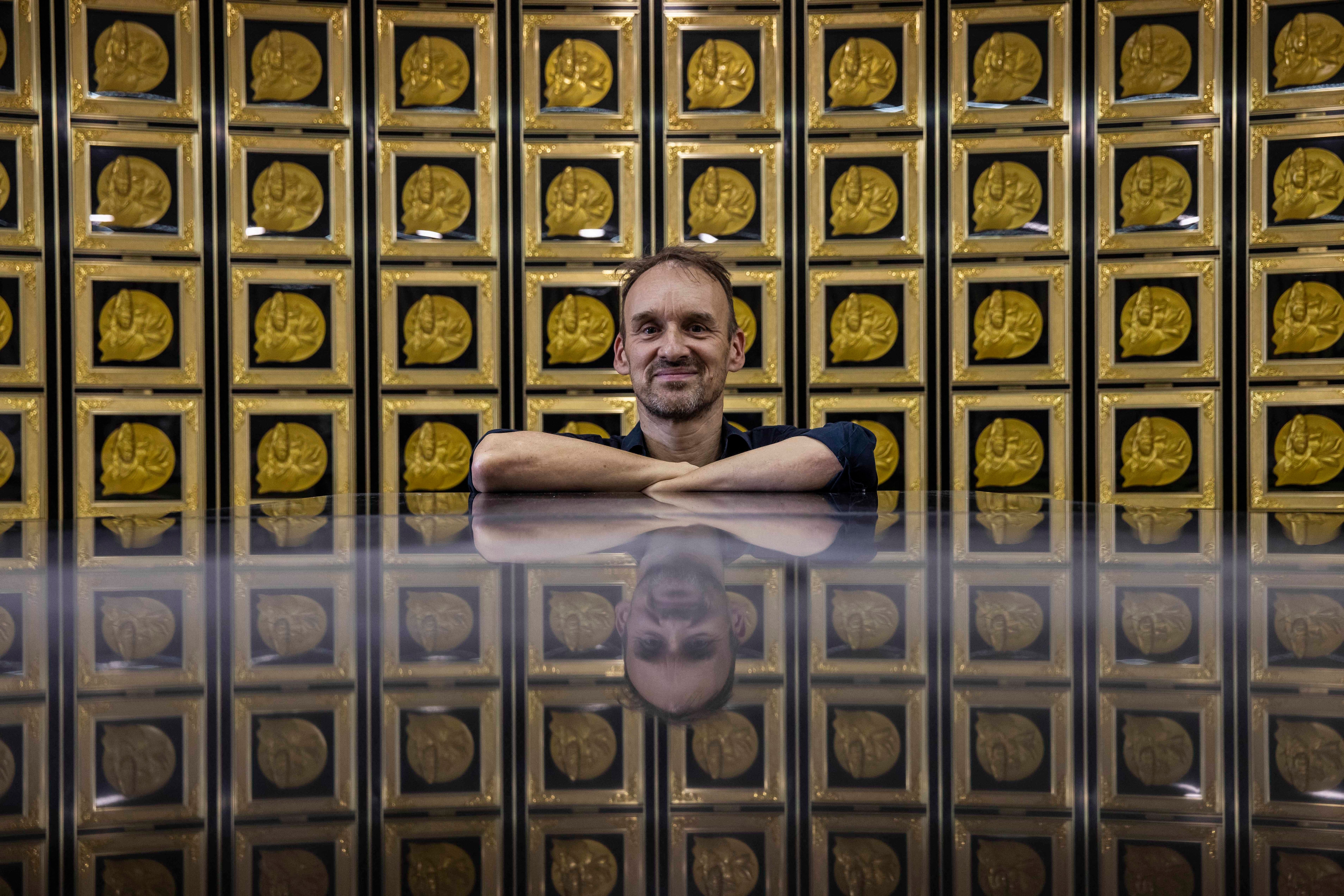Hong Kong debuts a brand-new 12-storey apartment, but no humans can live there

The Shan Sum columbarium opened last month with plans to eventually offer 23,000 niches for funeral urns.Photo Credits: AFP
At first glance, what may resemble an upscale hotel is, in fact, an apartment for departed souls.
Amidst the vibrant chaos of Hong Kong, stands a towering 12-storey structure with a white marble foyer and opulent chandeliers.
Hong Kong, home to 7.3 million residents, has been grappling with the challenge of finding resting places for loved ones' ashes since the mid-2010s. The opening of the Sham Sun Columbarium was prompted by an overwhelming number of deaths that exceeded the government's capacity, resulting in a severe shortage of space for urns.
However, this architectural marvel serves a purpose beyond temporary lodging—it provides an eternal abode, a final resting place for thousands in one of the world's most densely populated cities.
The Apartment for the dead
-
Opened just last month, the Shan Sum Columbarium is a facility designed to accommodate 23,000 funeral urns. Recognizing the need for private sector involvement in addressing the challenges faced by the death care sector, the government has taken this step.
-
The Shan Sum Columbarium offers various options, with the basic two-person package starting at a staggering price of $58,000 (INR 47.5 lakhs). The top-tier package, catering to an entire family, can reach up to $3 million (INR 24 crore).
- Considering that the median monthly household income in Hong Kong is approximately $3,800 (INR 3.1 lakh), affordability becomes a significant concern for many families searching for suitable final resting places for their loved ones.
Addressing the need
- This policy is a direct response to the fact that as Hong Kong's population ages, the number of deaths is increasing.
- During the mid-2010s, Hong Kong experienced an alarming shortage of urn space due to its aging population, surpassing the government's capacity to handle them.
Designed by a German architect
- This nature-inspired architectural masterpiece with sleek finishing is the brainchild of 52-year-old German architect Ulrich Kirchhoff.
- Kirchhoff aimed to incorporate a sense of "neighborhood village feel" into this high-density space, as he mentioned in an interview with AFP. He drew inspiration from traditional Chinese graveyards often found nestled on mountainsides.
- The columbarium is adorned with undulating lines, greenery, and textures resembling hewn rock. Air-conditioned chambers neatly display ornate compartments, some as small as 26 by 34 centimeters (10 by 13 inches), serving as the final resting place for ashes.

The arrangement ensures a serene environment, reflecting a thoughtful approach to creating a peaceful atmosphere for the departed. Kirchhoff intentionally crafted rooms on each floor to provide an intimate setting, in contrast to the cramped and impersonal spaces often found in public columbariums, which he likened to warehouses.

Understanding the urn space crisis
- Facilities like the Shan Sum Columbarium were established in response to Hong Kong's urn space shortage that emerged approximately a decade ago.
- During that time, cremated remains were stored for extended periods in drawers at funeral parlors due to a scarcity of available spots for placement. Some urns found refuge in unlicensed columbariums located in temples or repurposed factory buildings.
- Historian Chau Chi-Fung, who extensively researched Hong Kong's funeral practices, revealed that the current urn space crisis can be traced back to the British colonial administration era, prior to the city's handover to China in 1997. The rising preference for cremation, which gained popularity in the 1960s, stemmed from shifting social norms among Hong Kong's ethnic Chinese population.

- Nearly 95 per cent of deceased individuals in Hong Kong undergo cremation annually, a significant statistic that reflects the evolving customs and practices surrounding death in the city.
- Officials anticipate a 14 percent increase in annual deaths, projecting the number to reach 61,100 by the year 2031.
- Currently, approximately 25 percent of the existing 425,000 public columbarium spots remain unoccupied, indicating available capacity.
Amidst the ever-changing landscape of Hong Kong, the Shan Sum Columbarium represents a modern embodiment of creativity and flexibility. However, the issue of affordability poses a challenge, limiting the availability of more options for those who have lost their loved ones, as the city grapples with the complexities of urban living.

